Order and creativity are complementary
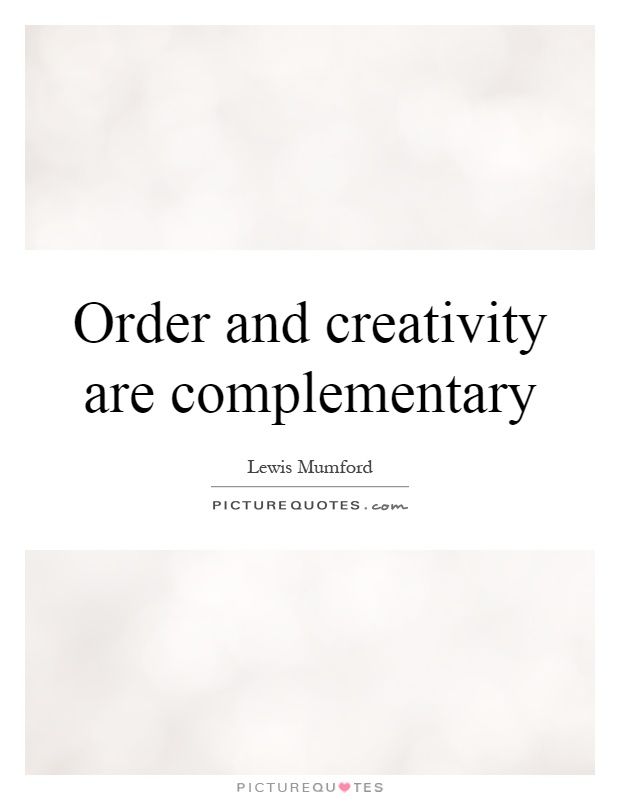
Order and creativity are complementary
Lewis Mumford, a prominent American historian and sociologist, believed that order and creativity are complementary forces that are essential for the development of a healthy and thriving society. Mumford's ideas on this topic are particularly relevant in today's fast-paced and ever-changing world, where the balance between structure and innovation is crucial for progress and success.Mumford argued that order provides the necessary framework for creativity to flourish. Without a sense of structure and organization, chaos would reign, making it difficult for individuals to channel their creative energies effectively. In a society where rules and regulations are absent, people would struggle to collaborate and coordinate their efforts towards common goals. Order, therefore, acts as a stabilizing force that allows for the free flow of ideas and the implementation of innovative solutions.
At the same time, Mumford recognized the importance of creativity in challenging the status quo and pushing boundaries. He believed that without the spark of creativity, societies would stagnate and fail to adapt to changing circumstances. Creativity is what drives progress and innovation, leading to new discoveries and advancements in various fields. It is the engine of growth and development, pushing individuals and societies to explore new possibilities and reach new heights.
Mumford's ideas on the complementary nature of order and creativity can be seen in various aspects of society, from art and culture to science and technology. In the arts, for example, artists rely on established techniques and principles to create their works, but it is their creativity and imagination that set them apart and allow them to produce truly original and groundbreaking pieces. In science and technology, researchers and inventors build on existing knowledge and theories to make new discoveries and develop innovative solutions to complex problems.


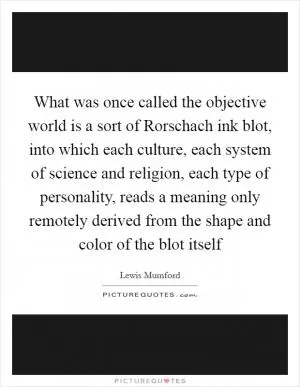

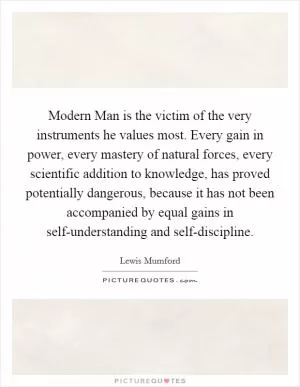


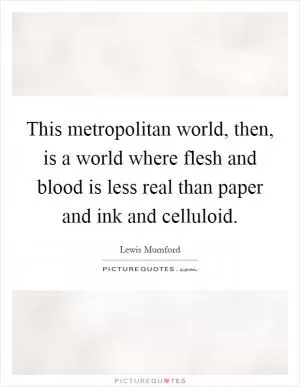

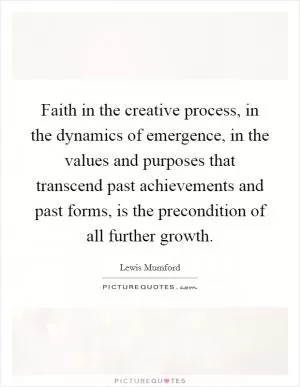


 Friendship Quotes
Friendship Quotes Love Quotes
Love Quotes Life Quotes
Life Quotes Funny Quotes
Funny Quotes Motivational Quotes
Motivational Quotes Inspirational Quotes
Inspirational Quotes